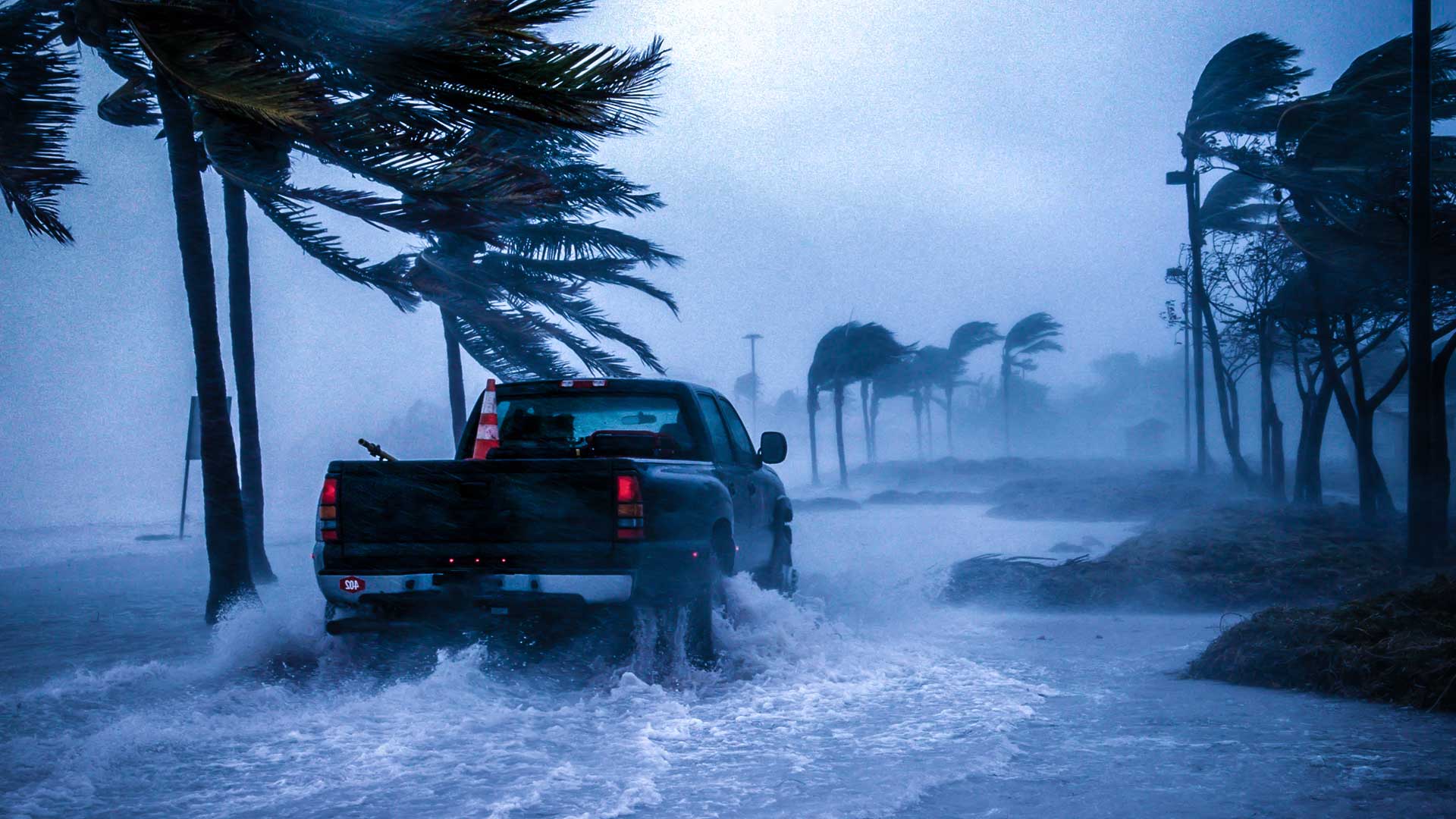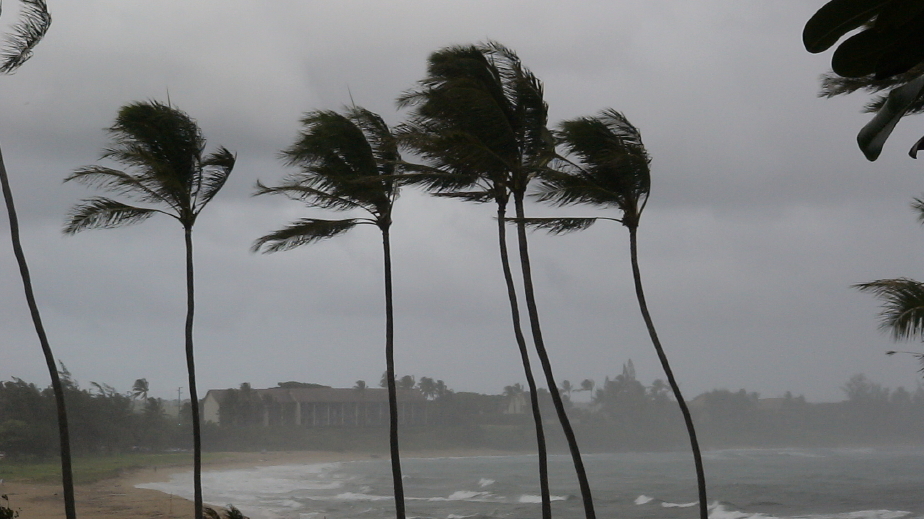When Is Rainy Season In Maui: A Guide To Planning Your Dream Hawaiian Adventure
Apr 08 2025
Are you dreaming of visiting Maui but wondering when the rainy season hits? Let me break it down for ya. Maui’s weather is a beautiful mix of sunshine and showers, and understanding the rainy season is key to planning your trip. Whether you're chasing the perfect waves or looking for that Instagram-worthy sunset, knowing when it rains can make all the difference. So, buckle up, because we're diving deep into Maui's weather patterns and giving you the scoop you need!
Maui, the jewel of Hawaii, is one of those places where nature puts on a show every single day. But let’s face it—Mother Nature has her own schedule, and part of that schedule involves rain. The rainy season in Maui isn’t something to dread; it’s more like a little sprinkle of adventure. If you’re smart about planning, you can enjoy everything Maui has to offer without getting soaked.
Now, before we dive into the details, let’s get one thing straight: Maui’s rainy season isn’t exactly a “season” in the traditional sense. It’s more of a pattern, and once you understand it, you’ll realize that rain in Maui is just another reason to fall in love with this tropical paradise. So, grab your sunscreen and your umbrella (just in case), and let’s get started!
Read also:Who Was Zuckerbergs Partner Exploring The Key Figures Behind Facebooks Success
Understanding Maui's Weather Patterns
Maui’s weather is as unpredictable as your favorite reality TV show, but there are some patterns you can count on. The island enjoys a tropical climate, meaning it’s warm and sunny most of the year. But like any good drama, there’s a twist: the rainy season. This period usually falls between November and March, but don’t let that scare you off. The rain is often short-lived and localized, meaning one side of the island might be soaking wet while the other is basking in sunshine.
What Causes Maui's Rainy Season?
So, what’s behind those rain showers? It all comes down to trade winds and Kona storms. The trade winds, which blow from the northeast, bring cool air and moisture to the island. During the rainy season, these winds can pick up, causing more frequent showers. On the other hand, Kona storms, which come from the south, can bring heavier rain and stronger winds. But don’t worry—these storms are rare and usually don’t last long.
When Exactly is Rainy Season in Maui?
The rainy season in Maui typically starts in November and lasts until March. During these months, you can expect more rainfall than usual, especially on the windward side of the island. But here’s the thing: the rain is often light and brief, and it usually happens at night or early in the morning. By the time you’re sipping your morning coffee, the sun is back out, ready to light up your day.
Rainfall Variations Across Maui
Not all parts of Maui experience the rainy season the same way. The windward side, which includes areas like Hana and Haiku, tends to get more rain. This is because the mountains on this side of the island trap moisture from the trade winds. On the leeward side, which includes areas like Lahaina and Kaanapali, you’ll find less rain and more sunshine. So, if you’re not a fan of rain, you might want to consider staying on the leeward side during the rainy season.
How Much Rain Can You Expect?
According to the National Oceanic and Atmospheric Administration (NOAA), Maui averages about 6 inches of rain during the rainy season. But don’t let that number scare you. As I mentioned earlier, the rain is usually light and brief, and it often falls at night. In fact, many visitors don’t even notice it because they’re out enjoying the island’s many activities during the day.
Monthly Rainfall Breakdown
- November: 5 inches
- December: 6 inches
- January: 7 inches
- February: 6 inches
- March: 5 inches
As you can see, the rainiest months are December and January, but again, the rain is usually short-lived and localized. So, even during these months, you can still enjoy plenty of sunshine and outdoor activities.
Read also:Braun Silkeacutepil Epilator The Ultimate Guide To Smooth Hairfree Skin
Pro Tips for Visiting Maui During Rainy Season
If you’re planning to visit Maui during the rainy season, here are a few tips to help you make the most of your trip:
- Bring a lightweight rain jacket: You’ll be glad you have it if you get caught in a sudden shower.
- Plan indoor activities: There are plenty of museums, galleries, and restaurants to explore if the rain keeps you indoors.
- Visit waterfalls: The rainy season is the perfect time to see Maui’s waterfalls in all their glory.
- Be flexible: If it’s raining on one side of the island, head to the other side where it might be sunny.
Best Activities During Rainy Season
Just because it’s raining doesn’t mean you have to stay indoors. Here are some activities you can enjoy during the rainy season:
- Hiking to a waterfall
- Exploring the Hana Highway
- Visiting the Maui Ocean Center
- Taking a cooking class
- Shopping at local markets
How Rainy Season Affects Maui's Ecosystem
The rainy season plays a crucial role in Maui’s ecosystem. It helps replenish the island’s water supply and keeps the lush vegetation thriving. Without the rain, Maui’s famous rainforests and waterfalls wouldn’t be as breathtaking. So, while some visitors might see the rain as an inconvenience, it’s actually a vital part of what makes Maui so beautiful.
Impact on Wildlife
During the rainy season, you might notice more wildlife activity. Birds and insects are often more active during this time, as they take advantage of the abundant food sources. If you’re lucky, you might even spot a few rare species that only come out during the rain.
Traveler's Guide to Maui's Rainy Season
Now that you know what to expect during Maui’s rainy season, let’s talk about how to plan your trip. First, consider your budget. Prices are usually lower during the rainy season, so you might be able to snag a great deal on accommodations. Second, think about your interests. If you love hiking and exploring nature, the rainy season might be the perfect time to visit. Finally, be prepared for the weather. Pack accordingly and keep an eye on the forecast so you can adjust your plans if necessary.
Best Time to Visit Maui
While the rainy season might not be ideal for everyone, it’s actually a great time to visit if you want to avoid the crowds. The peak tourist season in Maui is during the summer months, so visiting during the rainy season means fewer people and more opportunities to experience the island’s natural beauty.
Final Thoughts on Maui's Rainy Season
So, there you have it—the lowdown on Maui’s rainy season. While it’s true that you might encounter a few showers, the rain is usually short-lived and localized. Plus, the rainy season offers plenty of opportunities to explore the island’s lush landscapes and hidden gems. So, whether you’re a sun worshipper or a nature lover, Maui has something for everyone, even during the rainy season.
Now, here’s the thing: if you’ve read this far, you’re probably pretty serious about visiting Maui. So, do yourself a favor and start planning your trip today. Leave a comment below and let me know what you’re most excited about. And don’t forget to share this article with your friends who might be planning a trip to Maui. Together, let’s make sure everyone knows what to expect when it comes to Maui’s rainy season!
Table of Contents
- Understanding Maui's Weather Patterns
- What Causes Maui's Rainy Season?
- When Exactly is Rainy Season in Maui?
- Rainfall Variations Across Maui
- How Much Rain Can You Expect?
- Monthly Rainfall Breakdown
- Pro Tips for Visiting Maui During Rainy Season
- Best Activities During Rainy Season
- How Rainy Season Affects Maui's Ecosystem
- Traveler's Guide to Maui's Rainy Season


